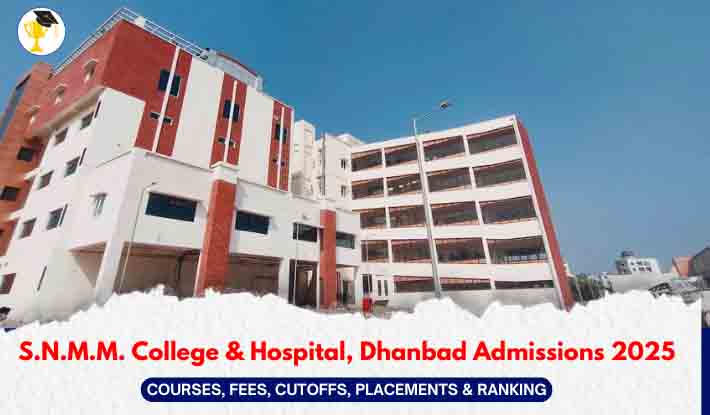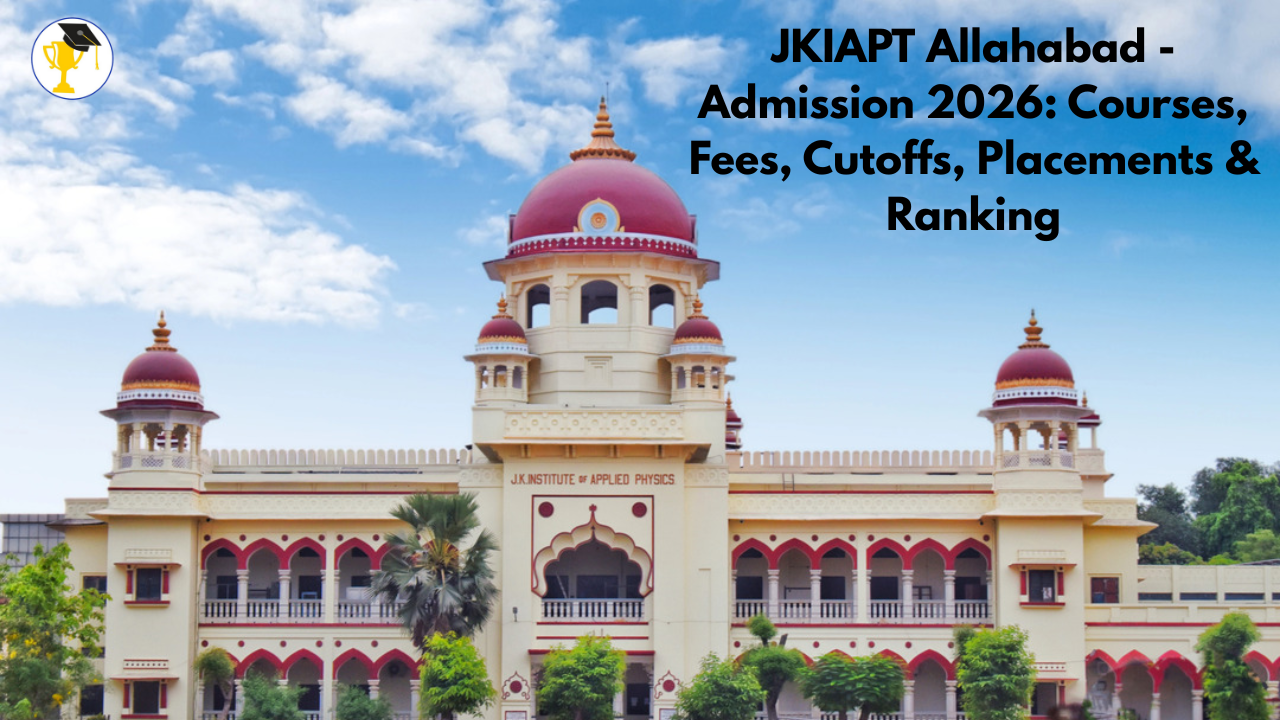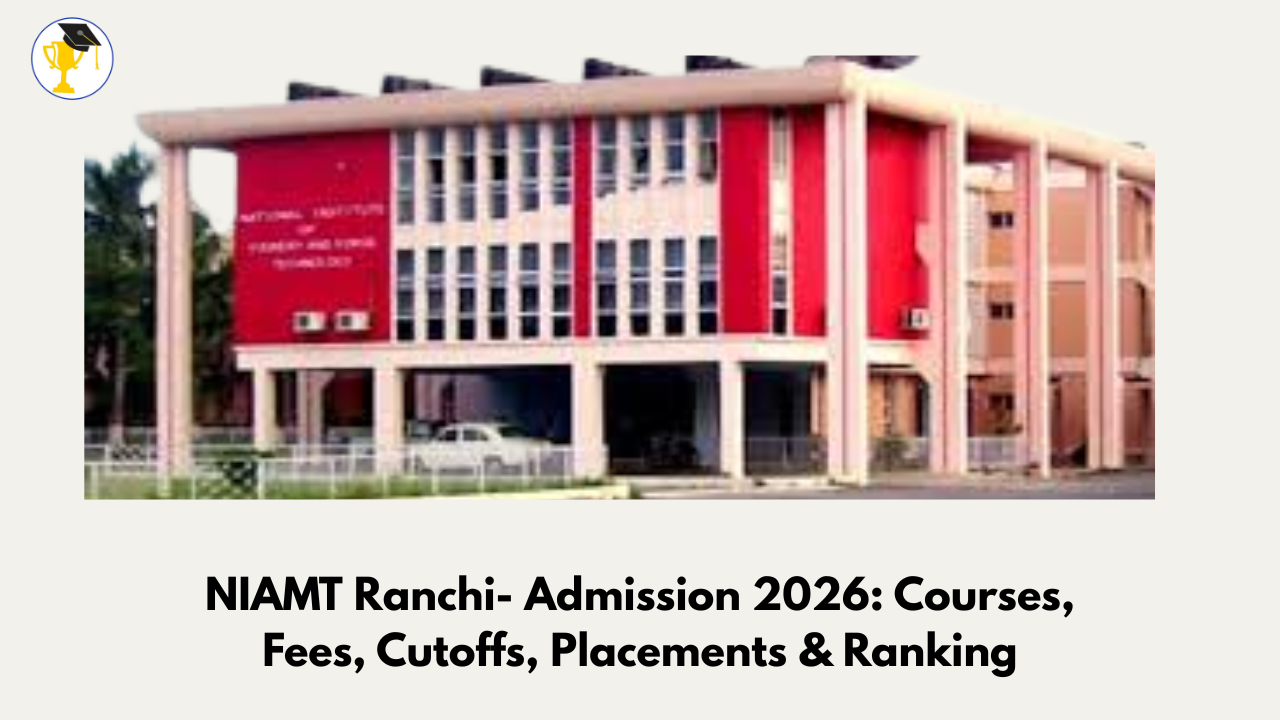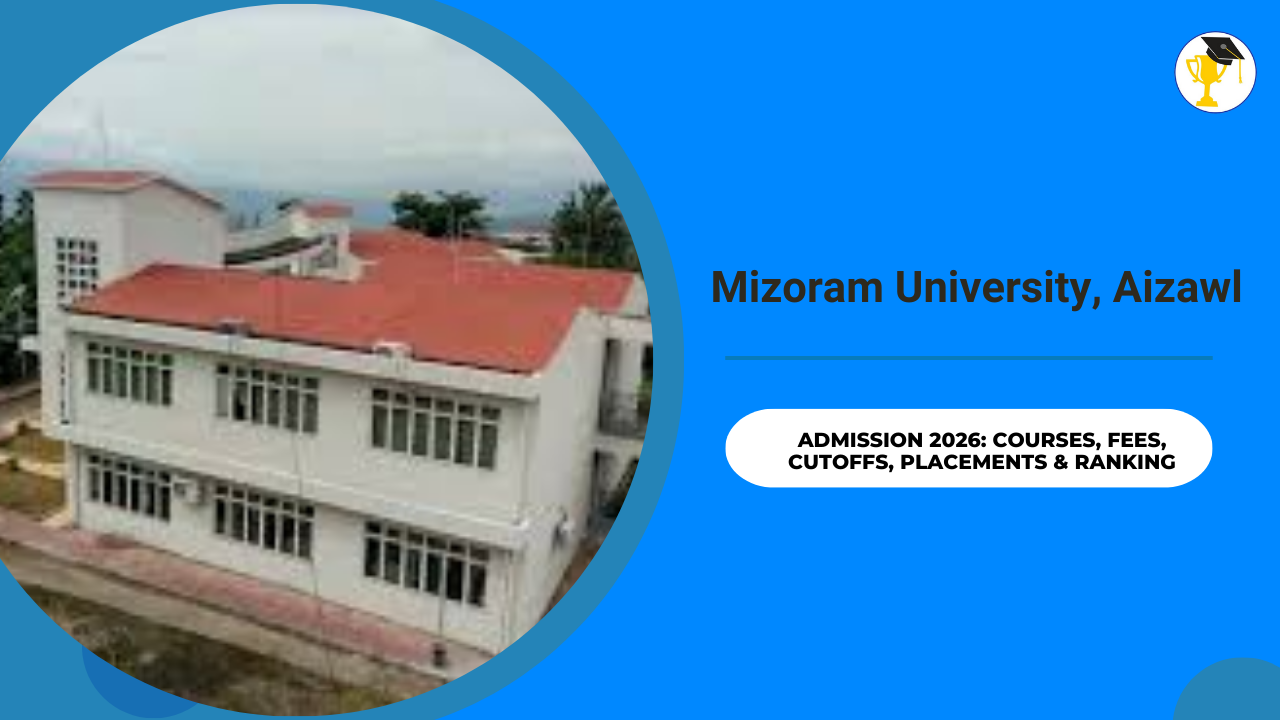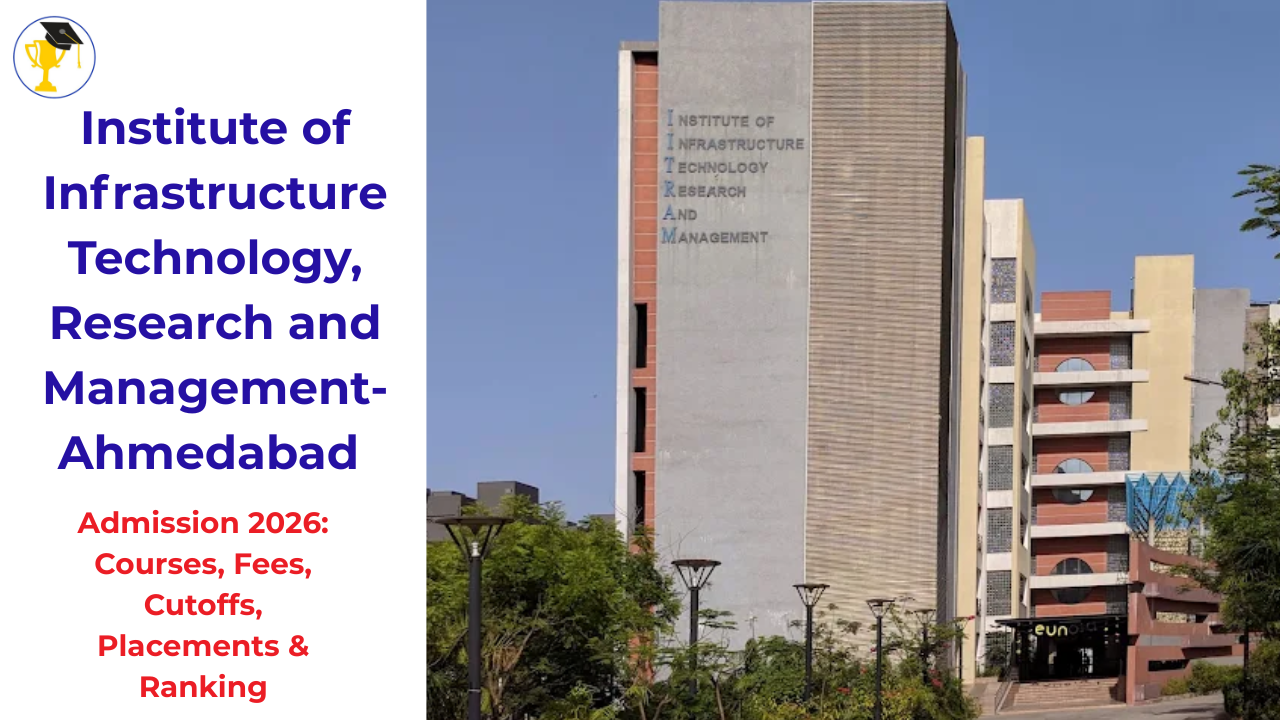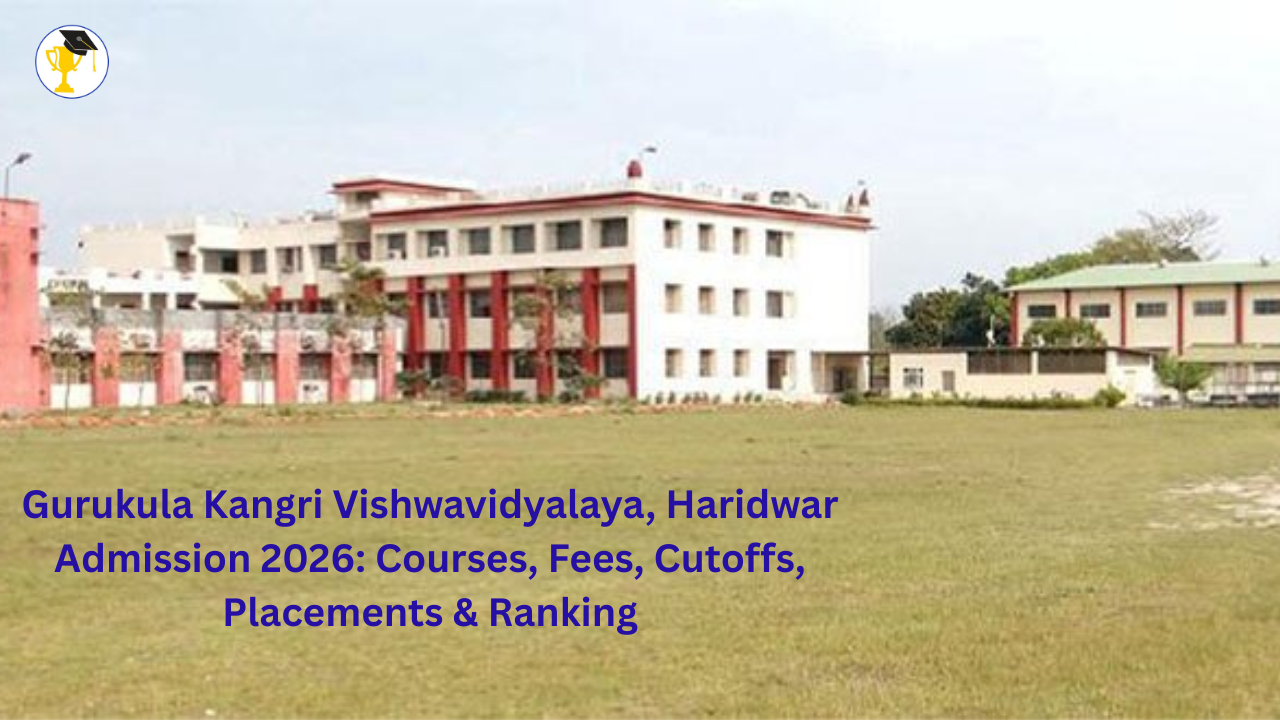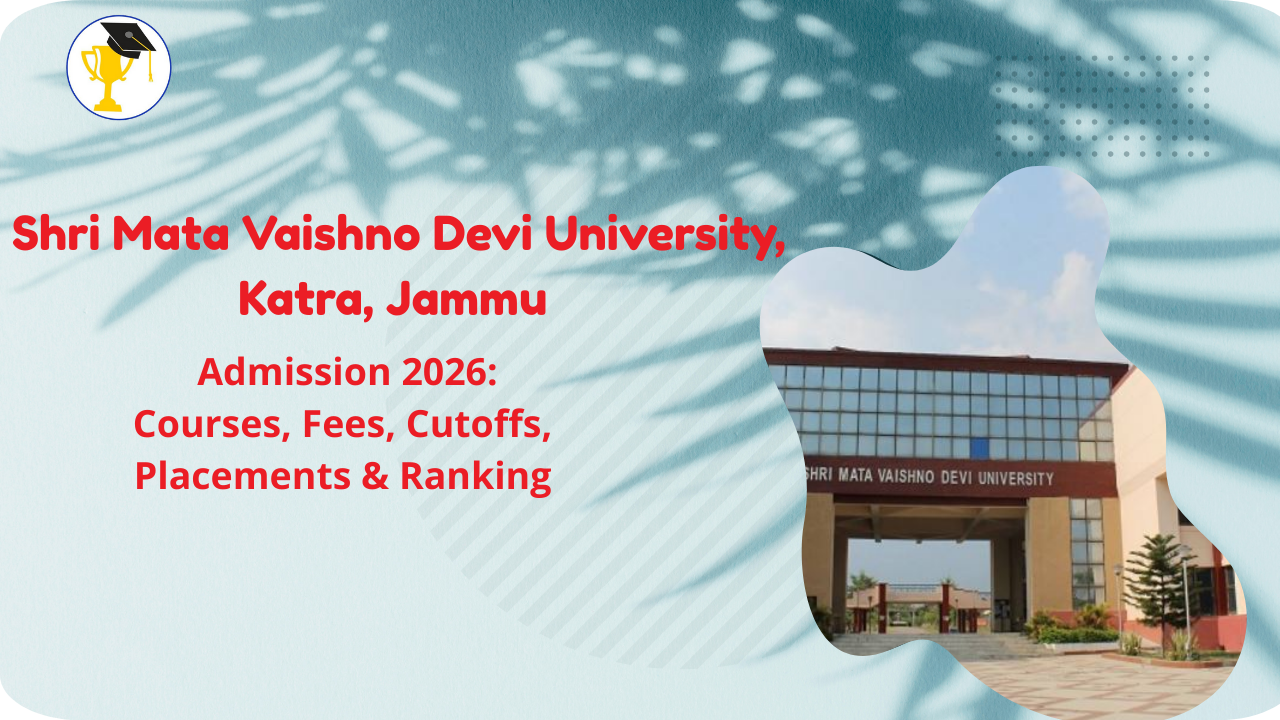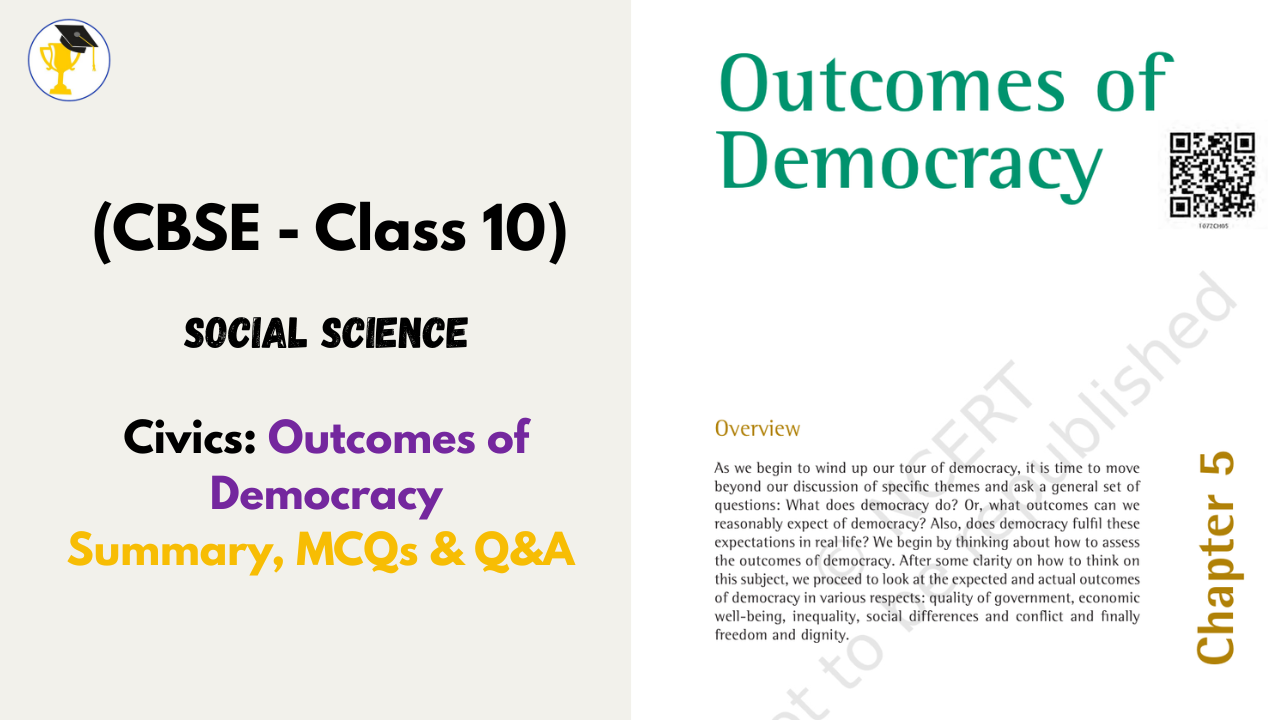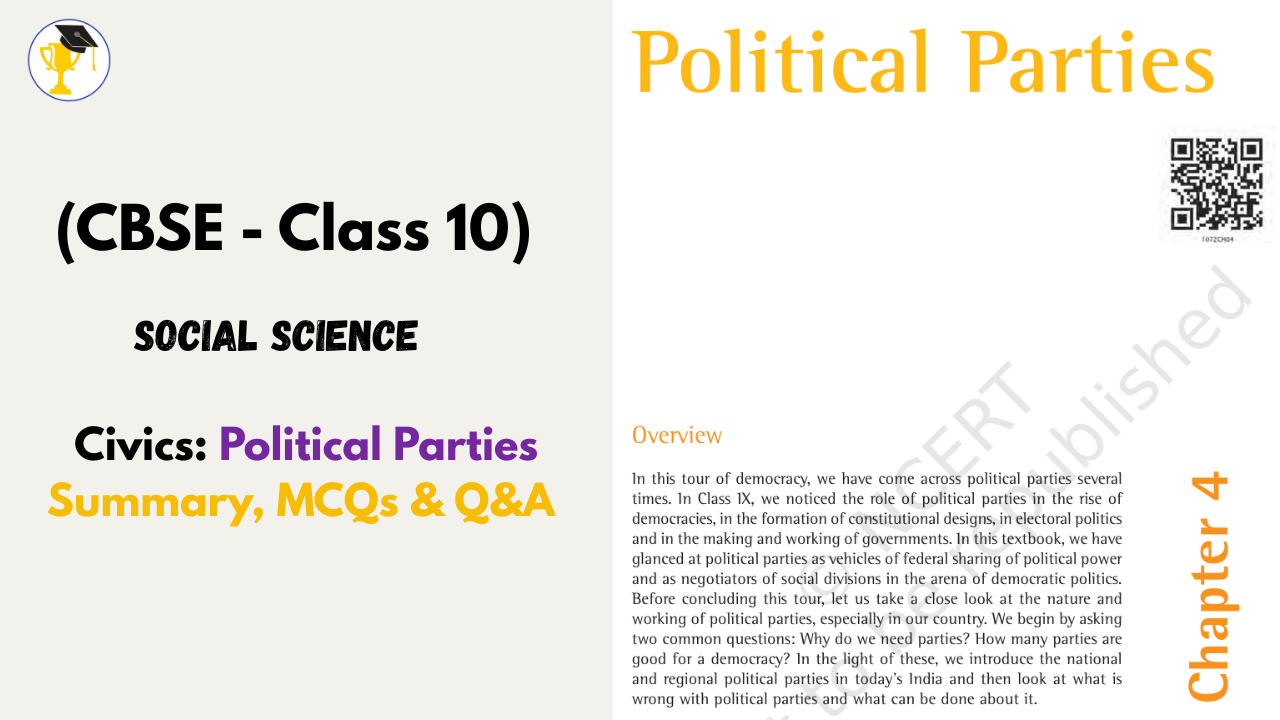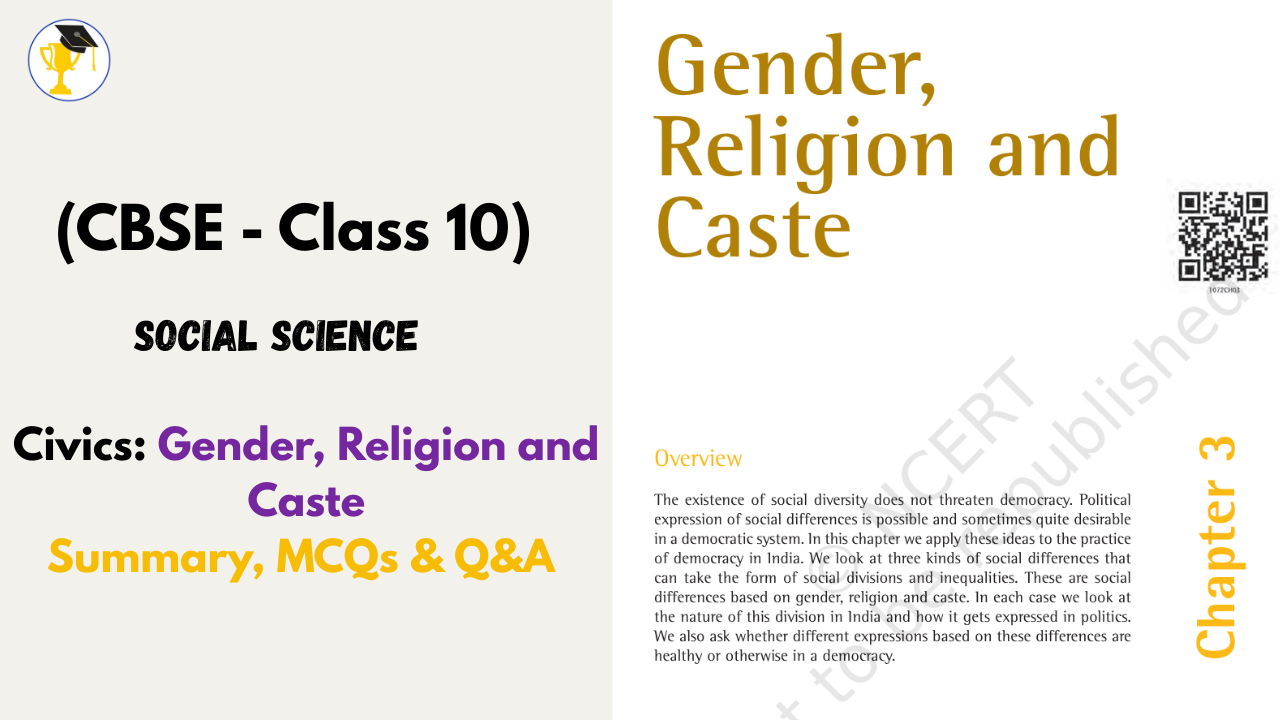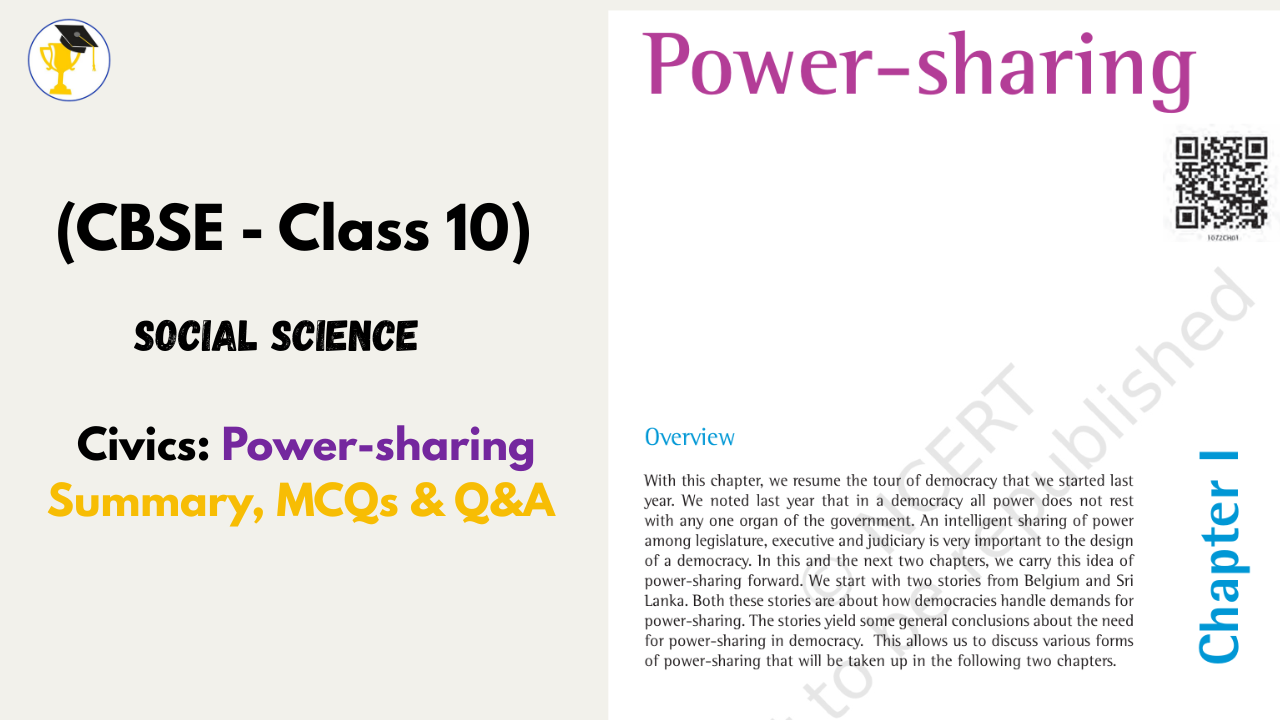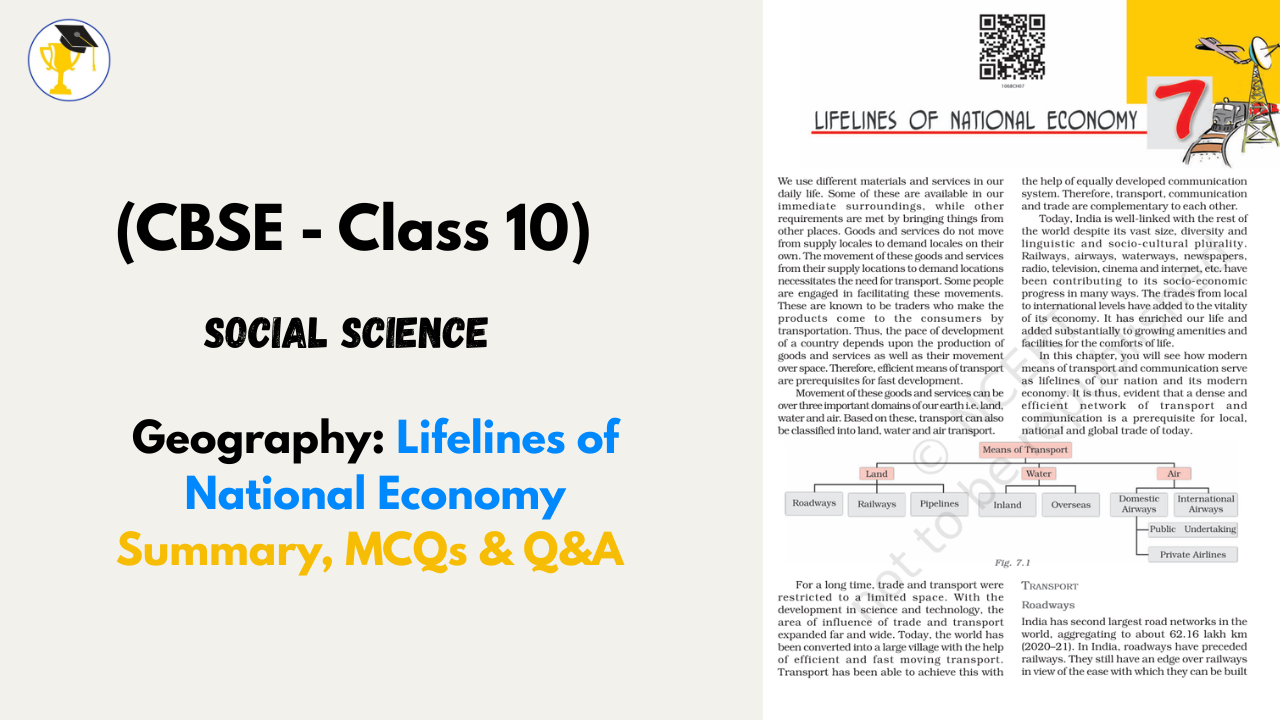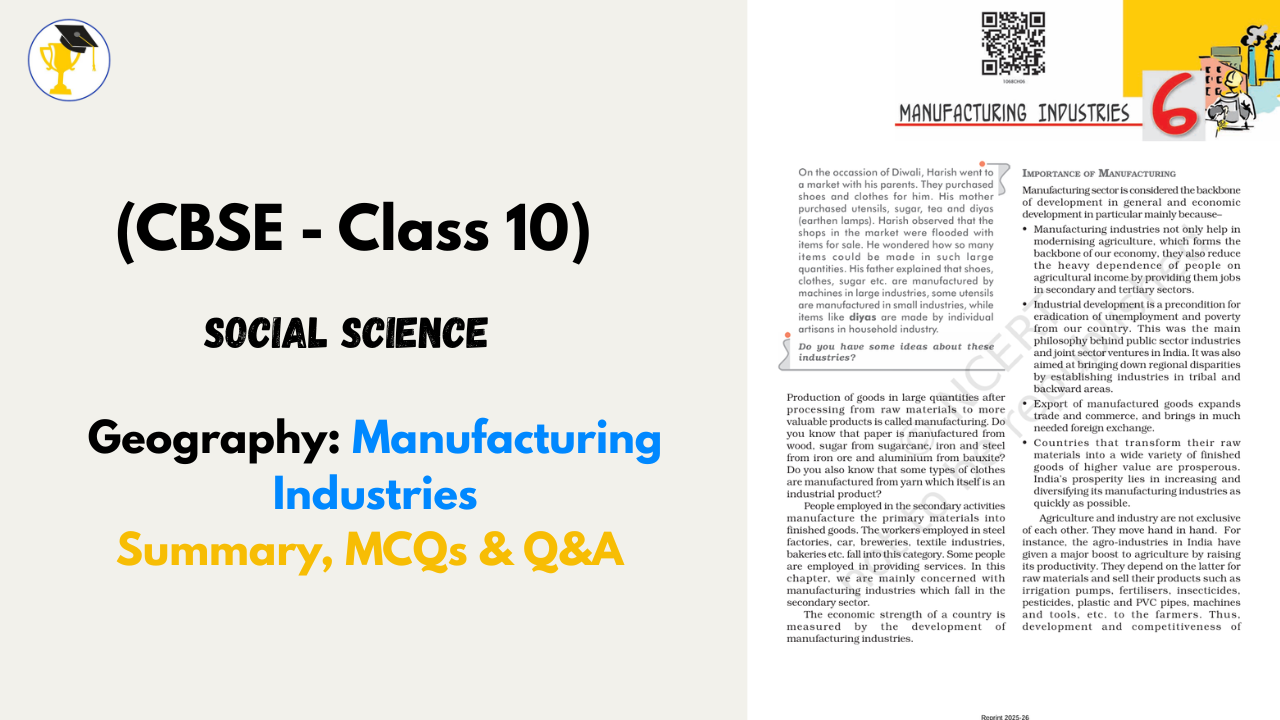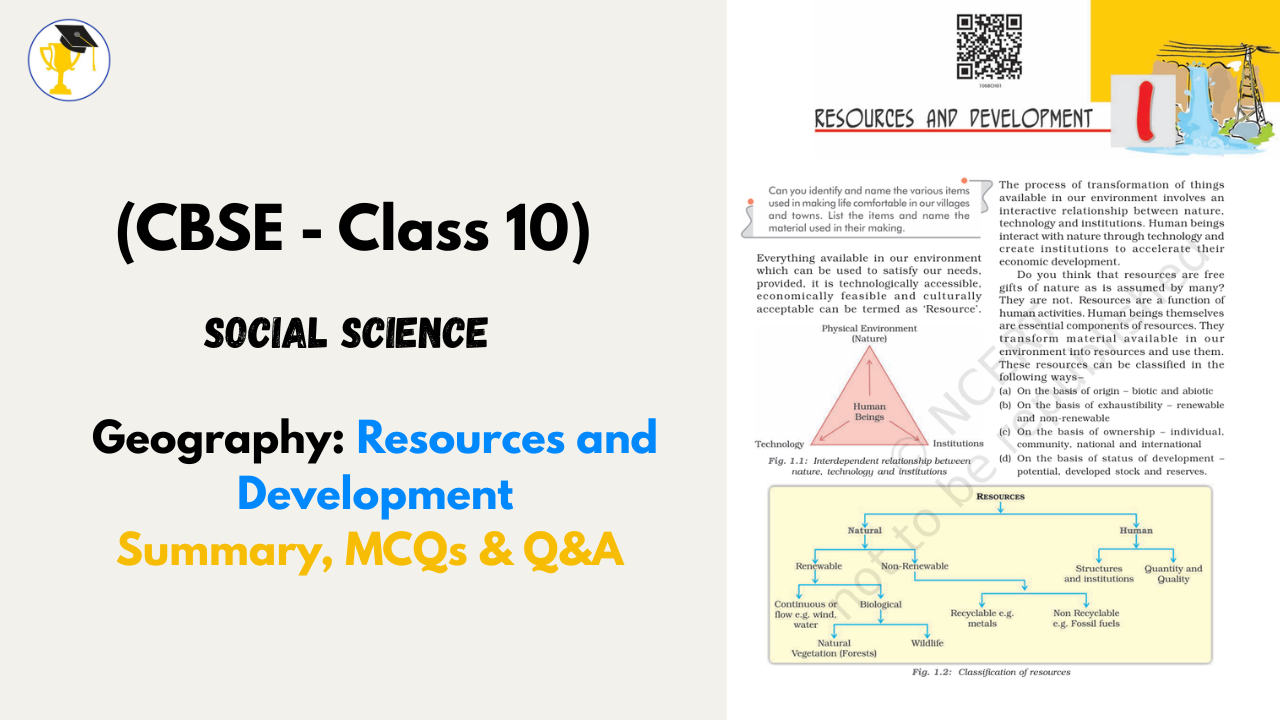Shahed Nirmal Mahto Medical College & Hospital, Dhanbad Admissions 2025: Courses, Fees, Cutoffs, Placements & Ranking
Shaheed Nirmal Mahto Medical College & Hospital, often referred to as SNMMCH or Patliputra Medical College (PMCH), is a government medical college located in Dhanbad, Jharkhand. Established in 1969, it has grown to become a key institution in medical education in Jharkhand.
Some key facts:
-
Campus area: ~ 58 acres in the Saraidhela area, Dhanbad
-
Hospital attached: ~ 560 beds
-
Affiliation: Binod Bihari Mahto Koyalanchal University (Dhanbad)
-
Recognition: Approved by the National Medical Commission (NMC) (formerly Medical Council of India)
Because it is a government medical college, it is considered an affordable and value-for-money option for many students in Jharkhand and nearby states.
Courses Offered & Seat Intake
SNMMCH primarily focuses on medical education. According to available sources:
-
Undergraduate (UG): The flagship course is MBBS, with a duration of 5.5 years (4.5 years academic study + 1 year internship)
-
Seat intake: 100 seats per year for MBBS
-
Postgraduate (PG): Some MD / MS courses are listed on college overview pages, but detailed seat numbers and specializations are less clearly available in public domain sources
-
Other programs / paraprofessional courses: The college is also noted to have diploma / allied health / paramedical programs (e.g. diploma in CT scan technician, ophthalmic assistant) in listings of “all courses offered” although much less detailed information is found.
Thus, the major draw remains the MBBS course; PG and allied programs may expand over time.
Eligibility & Admission Process (2025)
Here’s how a candidate would typically gain admission in 2025:
-
NEET-UG: Applicants must appear in the National Eligibility cum Entrance Test (NEET-UG) and obtain a valid score.
-
State Counselling: As a Jharkhand government medical college, seat allotment is done through Jharkhand NEET counselling, mediated through the Jharkhand Combined Entrance Competitive Examination Board (JCECEB) or relevant state authority.
-
Seat allotment / rounds: Multiple rounds of counselling are held, with choice filling, seat allotment, document verification and joining in designated periods.
-
Eligibility criteria (academic): 10+2 or equivalent with Physics, Chemistry, Biology/Biotechnology, and English; minimum aggregate requirement (often 50% for general, relaxed for reserved categories).
-
Other formalities: Document verification, medical fitness, fee payment, etc.
In 2025, the dates for counselling, choice filling, seat allotment rounds are published on Collegedunia’s page.
Fee Structure & Other Costs
One of the strengths of a government medical college is the relatively low tuition cost. For SNMMCH:
-
For MBBS (tuition), the government quota (general category) fee is reported at INR 8,500 per year
-
Note: Some sources indicate female students’ fee could be lower (e.g. INR 2,500 in some listings) — but this might be outdated or specific to a particular category.
-
In addition to tuition, students must pay hostel fees, mess charges, security deposit, misc fees etc. Some rough breakdowns mention:
-
Also, fees for examinations, university affiliation, lab infrastructure etc. are extra and vary.
-
It’s important to verify the latest official fee schedule from the college / state authority, as these numbers might change year to year.
Because the tuition is very modest, SNMMCH is affordable compared to many private medical colleges.
Cutoffs & Trends
Cutoff ranks (in NEET / state counselling) determine who gains admission. Here’s what we know for SNMMCH / PMCH Dhanbad:
-
In 2025, for General (All India quota, Round 2), closing rank range reported is 9,623 to 14,631
-
Also in 2025, for SC / ST / OBC / EWS categories, closing ranks extend up to ~ 118,121 (for ST) in certain rounds.
-
As per Shiksha / other listings: the Round 2 cutoff for General AI category was 14,631 in 2025; in 2024 it was about 13,589; in 2023 about 12,887
-
According to Collegedunia, the overall MBBS cutoff in 2025 ranged from rank ~ 9,623 to 118,121 (across categories)
-
On the Careers360 site, cutoffs for past years, closing score trends, etc. are listed for reference.
Trend insights:
-
The general category cutoff has been slowly rising — indicating increasing competition.
-
Reserved category cutoffs are much broader, depending on state quotas, number of applicants, etc.
-
For aspirants, it’s wise to target a NEET rank comfortably above the published cutoffs to account for competition fluctuations.
Placements, Career Opportunities & Internships
Because medical education is a professional degree culminating in service, “placements” in the traditional campus recruitment sense are less relevant. However, here’s what SNMMCH offers:
-
Internship: After completing academic coursework, every MBBS student must complete a 1-year rotating internship in affiliated hospital departments. This is part of the 5.5-year structure.
-
Clinical exposure: The attached 560-bed hospital ensures that students get hands-on experience with patients across departments (medicine, surgery, obstetrics & gynecology, pediatrics, etc.).
-
Government / public sector roles: Many graduates join as medical officers in government hospitals, rural health centers, or district hospitals.
-
PG specialization: A typical career pathway is to appear for NEET PG to pursue MD / MS courses (in broad or super-specialties) in government or private medical colleges.
-
Research / academia: Some graduates may opt for academic teaching or research roles in medical colleges.
-
Private hospitals / clinical practice: Others may join private hospitals or start their own clinical practice (especially in semi-urban / rural areas).
Because SNMMCH is a government institution with low cost and good exposure, many students see it as a stepping stone to PG and public medical service roles.
Ranking & Reputation
In terms of reputation among state medical colleges:
-
SNMMCH is generally considered one of the good government medical colleges in Jharkhand. Many students prefer it due to its affordability, government backing, and clinical exposure.
-
On review platforms, the college scores well on value for money, campus life, and student satisfaction. In the Careers360 listing it’s rated 4.8/5 (based on limited reviews) for overall performance.
-
Its infrastructure, library, hostels, hospital connectivity are often pointed out positively in descriptions.
-
Because it is not one of the top national medical colleges, its national ranking is modest, but within Jharkhand and nearby states, it holds good standing in government medical options.
Strengths, Challenges & Tips for Aspirants
Strengths:
-
Very low tuition costs (government fees) — making medical education accessible.
-
Good hospital infrastructure and patient flow ensures real clinical exposure early.
-
Significant reputation in Jharkhand; strong public sector backing.
-
Reasonable cutoffs (relative to many high-end colleges) for motivated students.
Challenges:
-
Lack of abundant information online about all PG courses, seat counts, research facilities.
-
Infrastructure in some departments, faculty strength etc. might lag compared to premier institutions (this is common among many state medical colleges).
-
Students may face high workload, resource constraints, overcrowding in hospital in peak periods.
-
Competition in NEET is fierce — one must prepare thoroughly to clear cutoffs.
Tips for aspirants:
-
Aim high in NEET — don’t just target the cutoff; try to stay well above it to ensure seat allocation even if competition rises.
-
Get state-quota awareness — understand Jharkhand’s reservation rules, domicile requirements, seat distribution among reserved categories.
-
Check official notices — always rely on the official state counselling body or the college site for latest fee, seat matrix, schedule, not only aggregator websites.
-
Visit campus if possible — talk to current students, see how departments are functioning, observe hospital facilities.
-
Plan PG path early — many students begin groundwork for NEET PG or specialization while doing internship.
 STUDY MATERIALS
STUDY MATERIALS
 ONLINE COURSES
ONLINE COURSES
 MORE
MORE

